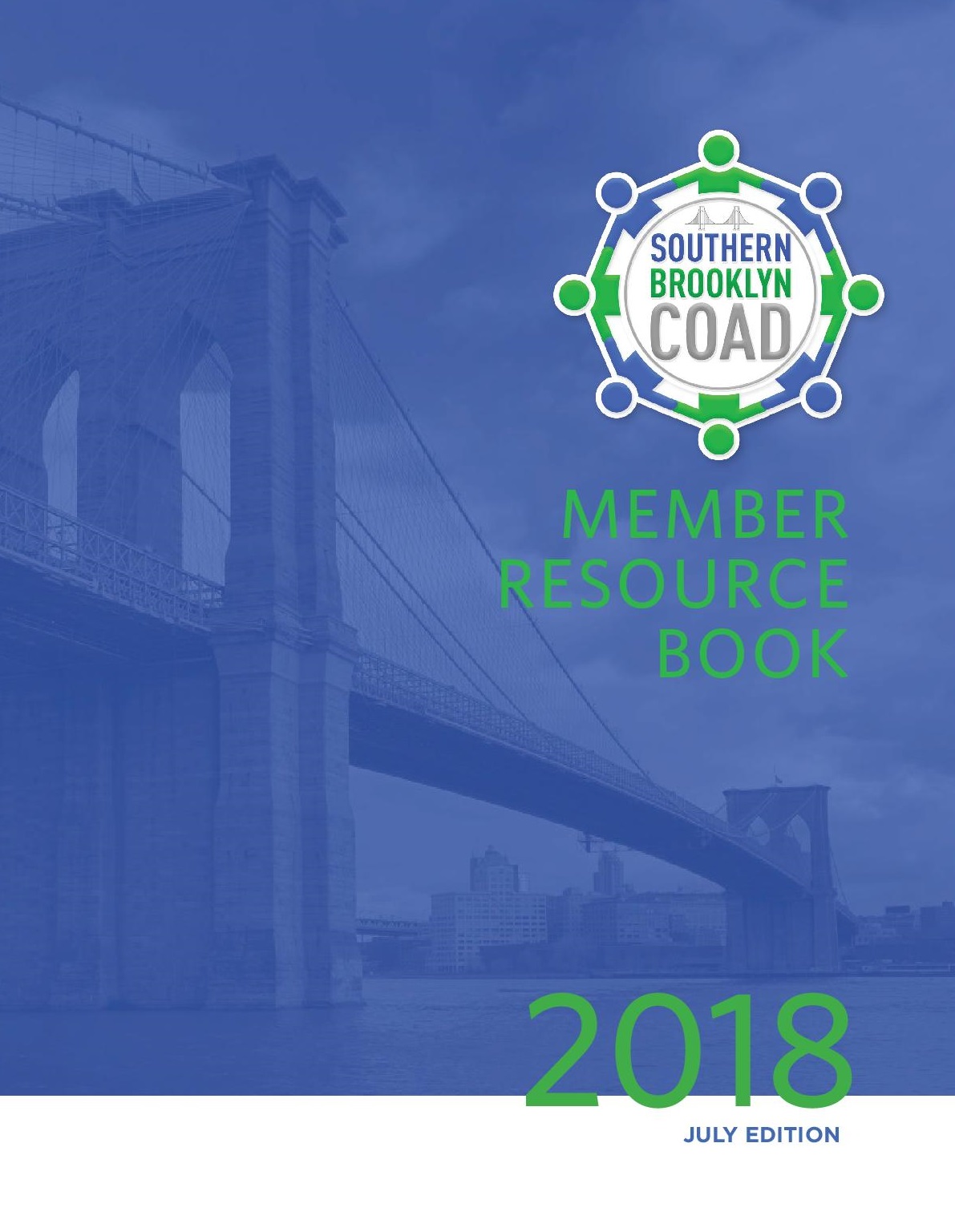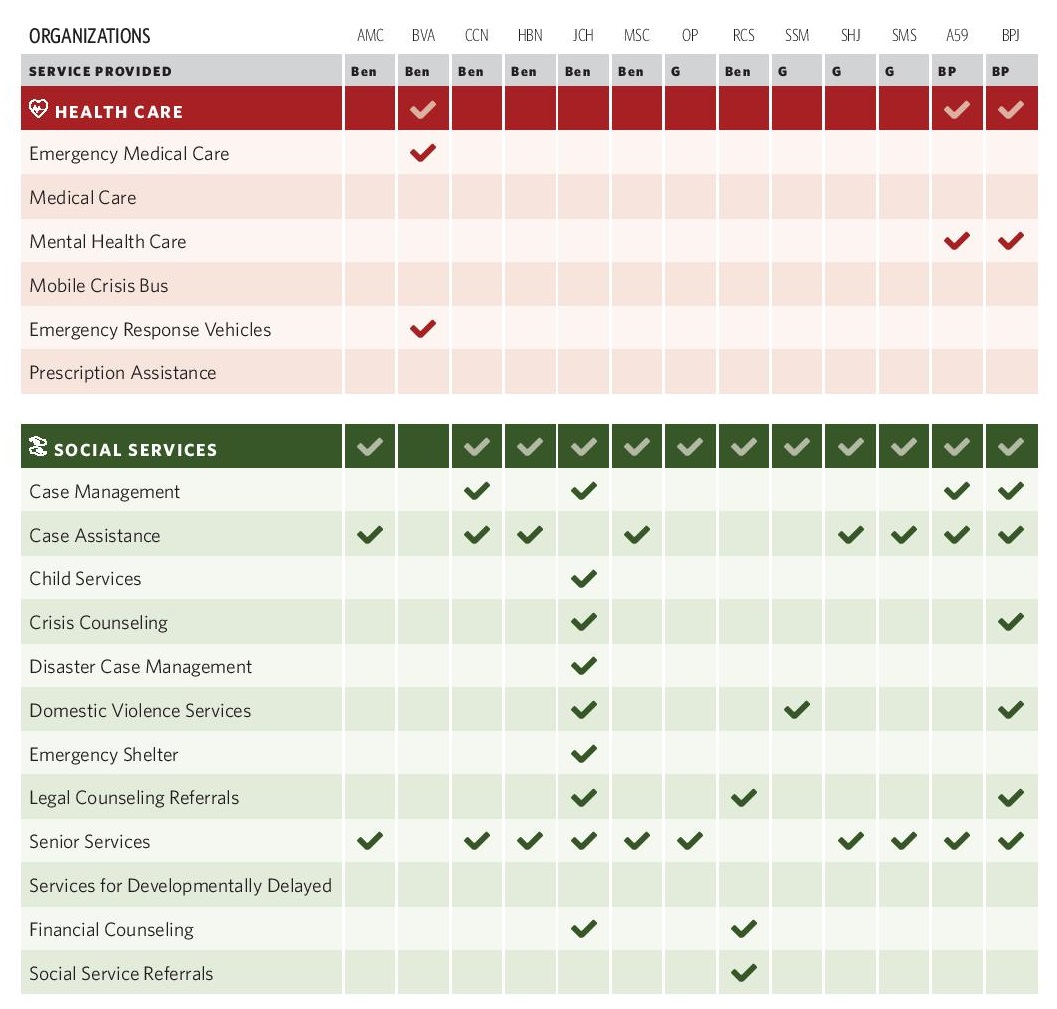Southern Brooklyn Community Organizations Active in Disaster (Southern Brooklyn COAD) has had a busy past few months working to build a community-driven disaster preparedness, response, and recovery network in Southern Brooklyn. In addition to geographically mapping COAD member locations to inform the community of which organizations are tapped into our community emergency network (we recently released our Community Disaster Resource Maps), we also conducted an in-depth resource surveying process to learn more about what resources and services COAD members may be able to offer in a disaster. This information was compiled into one useful directory we refer to as our “Member Resource Book.”
The creation of our Member Resource Book is the result of a community organizing and resource surveying process facilitated by the NonProfit HelpDesk of the Jewish Community Council of Greater Coney Island and funded by the New York State Governor’s Office of Storm Recovery that brought together 40 nonprofit, faith-based, and community-based organizations that serve Sea Gate, Coney Island, Brighton Beach, Manhattan Beach, Gravesend, and Bensonhurst to form the Southern Brooklyn COAD, a coalition working together to make sure that Southern Brooklyn is prepared for emergencies and disasters and that the region is best able to coordinate recovery after a disaster. Our resource survey was developed from similar work done by the Staten Island COAD through the Staten Island NFP Association and its Program Director, Laura Del Prete.
The Member Resource Book compiles and lists each organization participating in the COAD, the best ways to contact key people at each organization, and includes charts displaying which types of resources and services members may be able to provide in a disaster. The charts are broken down by service category (eg. social services, shelter, food & nutrition distribution), each of which includes a highly detailed list of specific resources – everything from case assistance, translation services, and donations management, to perishable food storage, vehicles for transportation, and showers/personal hygiene stations. The book also includes information on local government and civic bodies, citywide government agencies, other nonprofit organizations that are active in disaster recovery, volunteer groups, and more.
The book is designed to encourage and facilitate coordination of resource and service provision after a disaster among the nonprofit, faith-based, and community-based organizations that make up our membership. For example, if one organization receives 1,000 bottles of water from a donor, but does not have the space to distribute them, they can reference the book to see that another nearby organization has self-identified itself as a potential distribution location. Members can refer to the book to see who the most relevant partner is to reach out to for collaboration and can also use it to help direct local residents to additional needed resources and services.
The book is being distributed to our local COAD member organizations, community boards, and our citywide response partners.



